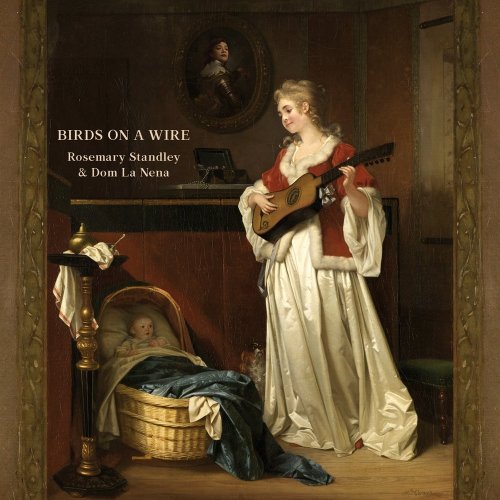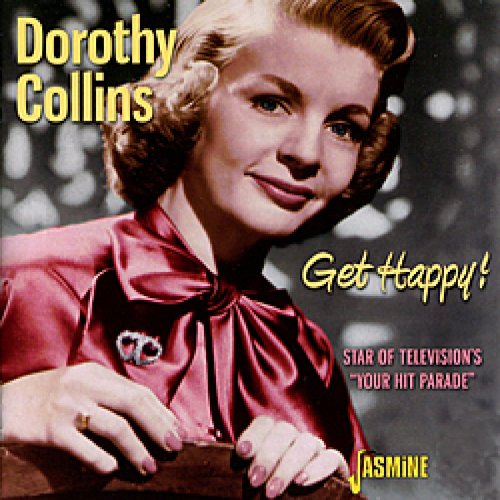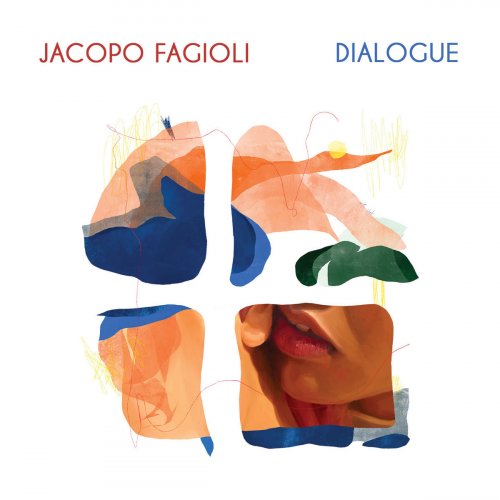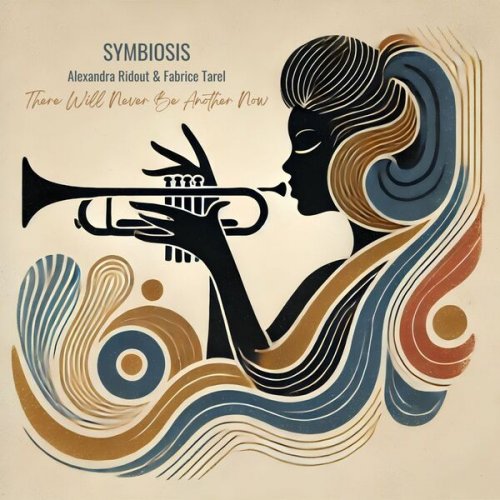Rosemary Standley & Dom La Nena - Birds On A Wire (2014) CD-Rip

Artist: Rosemary Standley & Dom La Nena
Title: Birds On A Wire
Year Of Release: 2014
Label: Air Rytmo
Genre: Classical, Vocal, Folk
Quality: FLAC (tracks+.cue,log,scans)
Total Time: 56:40
Total Size: 323 Mb
WebSite: Album Preview
Tracklist: Title: Birds On A Wire
Year Of Release: 2014
Label: Air Rytmo
Genre: Classical, Vocal, Folk
Quality: FLAC (tracks+.cue,log,scans)
Total Time: 56:40
Total Size: 323 Mb
WebSite: Album Preview
1. Blessed Is The Memory
Written-By – Leonard Cohen
2. Passacaglia Della Vita
Written-By – Stefano Landi (2)
3. Duerme Negrito
Written-By – Atahualpa Yupanqui
4. The Man Who Looks Like Me
Written-By – Wayne Standley
5. All The World Is Green
Written-By – Tom Waits
6. Jamaica Farewell & Sambinha
Written-By – Dom La Nena, Lord Burgess
7. O Solitude
Written-By – Henry Purcell
8. Le Chant Des Oiseaux.
9. Bird On The Wire
Written-By – Leonard Cohen
10. Fair And Tender Ladies.
11. Arriba Quemando El Sol
Written-By – Violeta Parra
12. Panis Et Circenses
Written-By – Caetano Veloso, Gilberto Gil
13. Ya Laure Hobouki
Written-By – Rahbani Brothers
14. Sega Jacquot
Written-By – Luc Donat
15. Oh My Love
Written-By – John Lennon
Birds on a Wire is an enchanting voice and cello duo formed by French-American singer Rosemary Standley (with multinational France-based alt-folk band Moriarty) and young Brazilian singer, songwriter and cellist Dominique Pinto aka Dom la Nena. Initiated by Rosemary Standley in 2011 as “Rosemary’s Songbook”, the project evolved into the Birds on a Wire duo when the producer of Madamelune – an independent Paris-based stage and music production company – introduced her to Dom La Nena. Touring as a live show in intimate venues from September 2012 onwards, the duo eventually went into a studio to record the songs.
Without adhering to any particular theme (love songs maybe?), focusing on a specific era or genre, Birds on a Wire is a stunning compilation of stripped-down ballads and lullabies selected by the two musicians with the cello lending a superb and consistent baroque feel to the collection.
Borrowing from the traditional, modern folk or baroque repertoires from the United States, Brazil, Argentina, Chile, Lebanon, England or Italy, covering baroque composer Stefano Landi, John Lennon or Caetano Veloso, singing in Arabic, English, Italian, Spanish, Portuguese or French creole, Rosemary Standley and Dom la Nena have assembled a wonderfully eclectic, minimalist and timeless songbook.
Apart from the sparse addition of bells, recorders or drums on a few songs, the cello and voice combination remains central and generates the most subtle musical alchemy throughout the album. Dom la Nena also contributes vocally to a few songs (including her own “Sambinha” from her 2013 début Ela) and her use of the melodic, harmonic, rhythmic and even percussive possibilities of the cello literally turn the instrument into a “third voice”.
The duo revisits Leonard Cohen’s “Bird on the wire” of course or “Blessed is the memory” which originally appeared as a bonus track on the 2007 reissue of Songs of Leonard Cohen (1967). The reprise of John Lennon’s “Oh my love” or of Henry Purcell’s much loved “Ô Solitude” are simply heart-stopping.
And the “chamber folk” treatment of such diverse songs as Tom Waits’ “All the world is green”, of “Ya Laure Hobouki” (a song composed for Lebanese singer Fairuz by the Rahbani brothers in the 1950s and recently covered in 2008 by Natasha Atlas) or of the Latin-American lullaby “Duerme Negrito” popularised by Argentine singer Atahualpa Yuapanqui is indicative of the scope and ambition of the project. Sung in French creole, “Sega Jacquot” is a wonderful homage to Luc Donat, the Sega musician and singer from the Réunion Island:
The CD also comes with a hardback booklet splendidly illustrated with a period painting for each song – the front cover itself is adapted from “Dors mon enfant” (Sleep my child), a 1788 picture by French painter Marguerite Gérard (1761 – 1837).
Without adhering to any particular theme (love songs maybe?), focusing on a specific era or genre, Birds on a Wire is a stunning compilation of stripped-down ballads and lullabies selected by the two musicians with the cello lending a superb and consistent baroque feel to the collection.
Borrowing from the traditional, modern folk or baroque repertoires from the United States, Brazil, Argentina, Chile, Lebanon, England or Italy, covering baroque composer Stefano Landi, John Lennon or Caetano Veloso, singing in Arabic, English, Italian, Spanish, Portuguese or French creole, Rosemary Standley and Dom la Nena have assembled a wonderfully eclectic, minimalist and timeless songbook.
Apart from the sparse addition of bells, recorders or drums on a few songs, the cello and voice combination remains central and generates the most subtle musical alchemy throughout the album. Dom la Nena also contributes vocally to a few songs (including her own “Sambinha” from her 2013 début Ela) and her use of the melodic, harmonic, rhythmic and even percussive possibilities of the cello literally turn the instrument into a “third voice”.
The duo revisits Leonard Cohen’s “Bird on the wire” of course or “Blessed is the memory” which originally appeared as a bonus track on the 2007 reissue of Songs of Leonard Cohen (1967). The reprise of John Lennon’s “Oh my love” or of Henry Purcell’s much loved “Ô Solitude” are simply heart-stopping.
And the “chamber folk” treatment of such diverse songs as Tom Waits’ “All the world is green”, of “Ya Laure Hobouki” (a song composed for Lebanese singer Fairuz by the Rahbani brothers in the 1950s and recently covered in 2008 by Natasha Atlas) or of the Latin-American lullaby “Duerme Negrito” popularised by Argentine singer Atahualpa Yuapanqui is indicative of the scope and ambition of the project. Sung in French creole, “Sega Jacquot” is a wonderful homage to Luc Donat, the Sega musician and singer from the Réunion Island:
The CD also comes with a hardback booklet splendidly illustrated with a period painting for each song – the front cover itself is adapted from “Dors mon enfant” (Sleep my child), a 1788 picture by French painter Marguerite Gérard (1761 – 1837).
![Yasuhiro Usui, Ryoko Ono and Taro Tatsumaki - The House Concert Live Collection, Vol. 55: Yasuhiro Usui (Live at 3rd Floor, Artist House, Daehak-ro, Seoul, 7/12/2015) (2025) [Hi-Res] Yasuhiro Usui, Ryoko Ono and Taro Tatsumaki - The House Concert Live Collection, Vol. 55: Yasuhiro Usui (Live at 3rd Floor, Artist House, Daehak-ro, Seoul, 7/12/2015) (2025) [Hi-Res]](https://www.dibpic.com/uploads/posts/2025-12/1765791289_rchn1y2nh7yfb_600.jpg)
![Tomasz Stańko - Zamek mgieł (Polish Radio Sessions vol. 3/6) (2025) [Hi-Res] Tomasz Stańko - Zamek mgieł (Polish Radio Sessions vol. 3/6) (2025) [Hi-Res]](https://www.dibpic.com/uploads/posts/2025-12/1765795906_cover.jpg)






